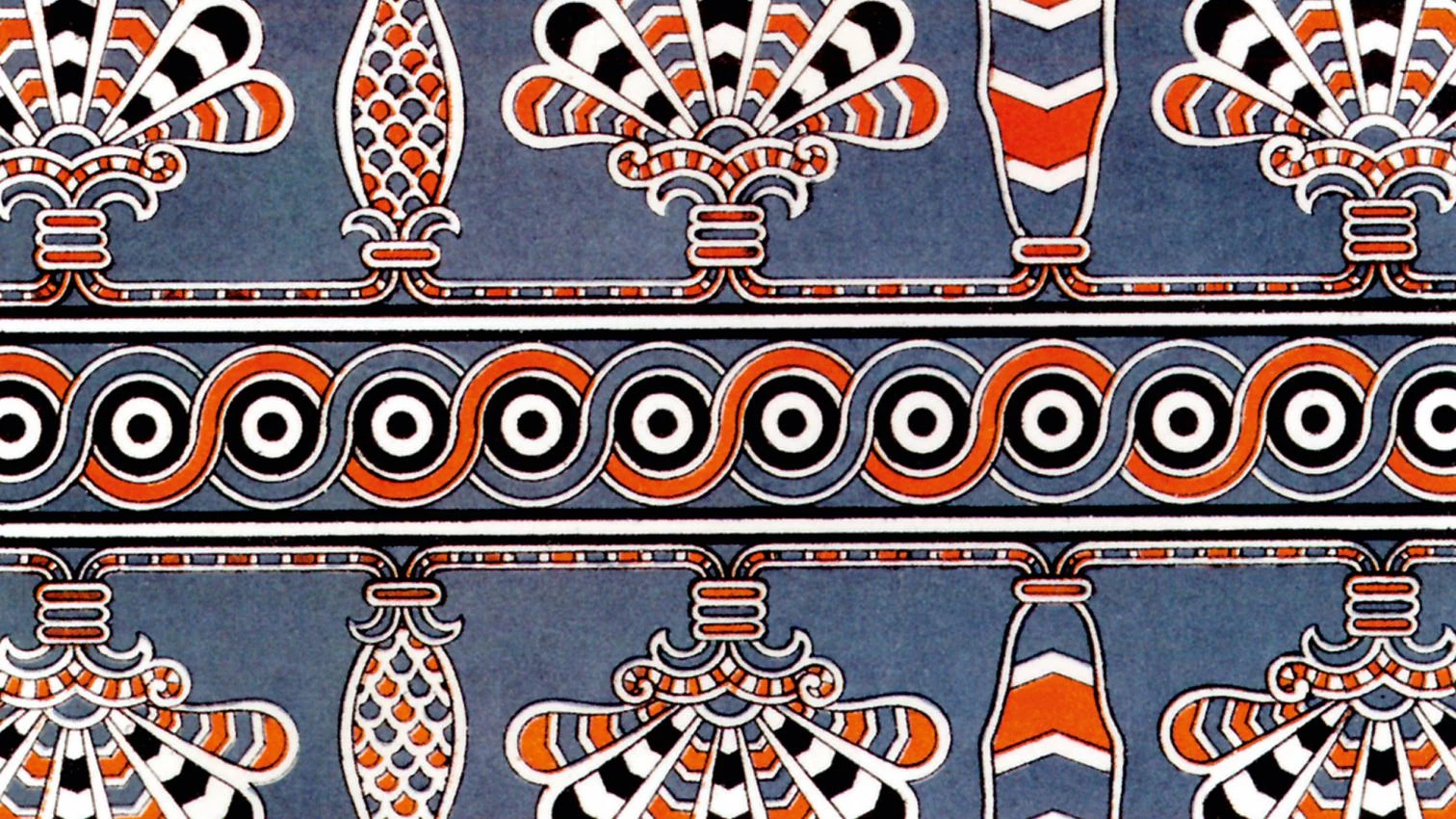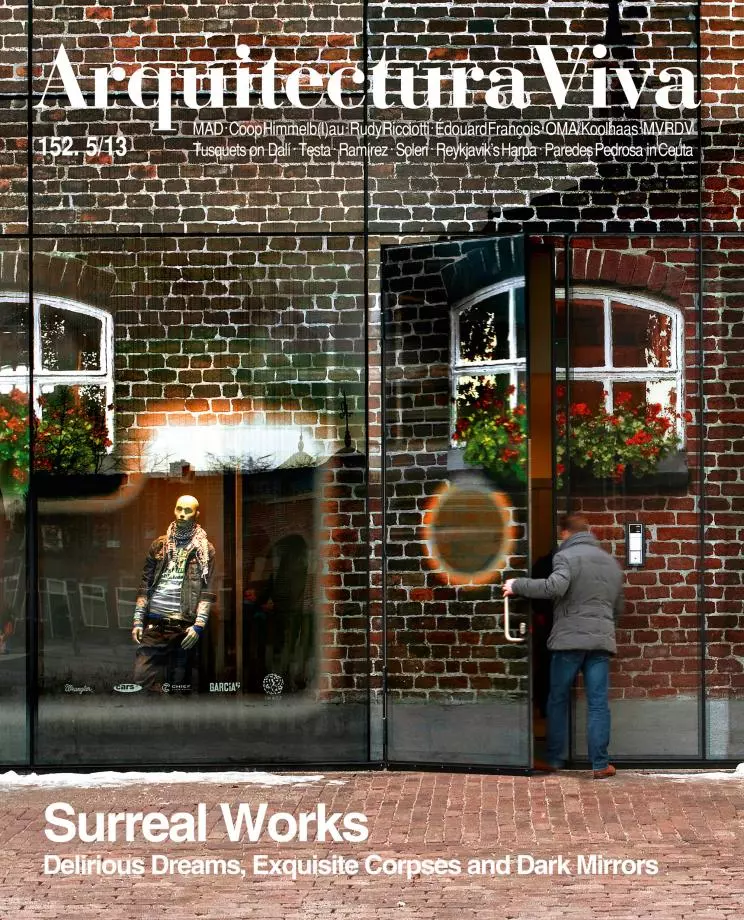
The Argentinian architect and professor Juan Ignacio Azpiazu has completed a titanic task: the first translation into Spanish of Gottfried Semper’s masterpiece, Der Stil. And he has done so remaining faithful to the book’s subtitle, ‘Practical aesthetics’: “If Semper thought that it deserved to be written, it deserves to be understood clearly too”, he says in his preface, and guided by this purpose he has added a series of introductory texts that place Der Stil in its historical context, a great number of explanatory notes and 1,700 new illustrations (many of them chosen by Semper himself but not included in the original book) that aim to make it a contemporary text.
A hundred and fifty years after its first publication in 1860-63, the classical work by Semper is read in effect as a timeless book, which beyond its extraordinary influence in the architecture, archaeology and aesthetics of its time is able to surprise us today with its bright intuitions and analyses. Framed, as Harry Francis Mallgrave points out in the excellent introduction to the edition of the Getty Research Institute, by Charles Darwin’s The Origin of Species in 1859 and the first volume of Karl Marx’s Das Kapital in 1867, Der Stil is a fine example of the complexity of German thought in the 19th century, and also an essential reference in the architectural debates of the 21st. Notice only the frequent use of the terms ‘tectonic’ and ‘stereotomic’ as throwing weapons against the scenographic constructions of postmodernity, a debate in which Kenneth Frampton has played a key role.
However, the usual reduction of Semper’s significance to the four motifs that articulate the book (textiles, ceramic, ‘tectonic’ carpentry and ‘stereotomic’ masonry) has perhaps given the oeuvre – as Mallgrave underlines – “an equivocal materialistic color”. In fact, the two volumes published refer only to what Semper called ‘intrinsic’ variables of an artwork, leaving for the third volume – which was never published because of the increasing work load of his architectural office – the ‘extrinsic’ variables of style, which would have balanced the work by including a social and cultural dimension.
Far from the “crude materialistic vision” denounced by Semper himself, Der Stil must indeed be placed within the idealist context of late German romanticism, as befits its author, who was a friend of Wagner and Nietzsche, the most famous and influential professor of this time, and whose theses on cladding still inspire the fertile work of the likes of Herzog & de Meuron. With a unique tenacity and erudition, Azpiazu has poured it into our language and our time, and for this reason we owe him a debt of gratitude.
Self-edited, and printed in China, with almost five kilos in weight and the look of a doctoral thesis, the book contains a few inconsistencies (the most noteworthy being the introductory inclusion of a lecture by César Pelli, unrelated to Semper, surely with the desire to underscore the currency of the issues Der Stil dealt with), but these details cannot blemish a colossal effort. As for the 2004 Getty edition, Mallgrave remarked that Semper’s work resisted English translation for 140 years because of the “considerable patience and resources necessary to bring such a difficult project into fruition”, a task feasible only for “a major research institute”. Azpiazu – with the support of his parents and a large group of friends and colleagues – has completed it on his own, and his achievement causes admiration and awe.






